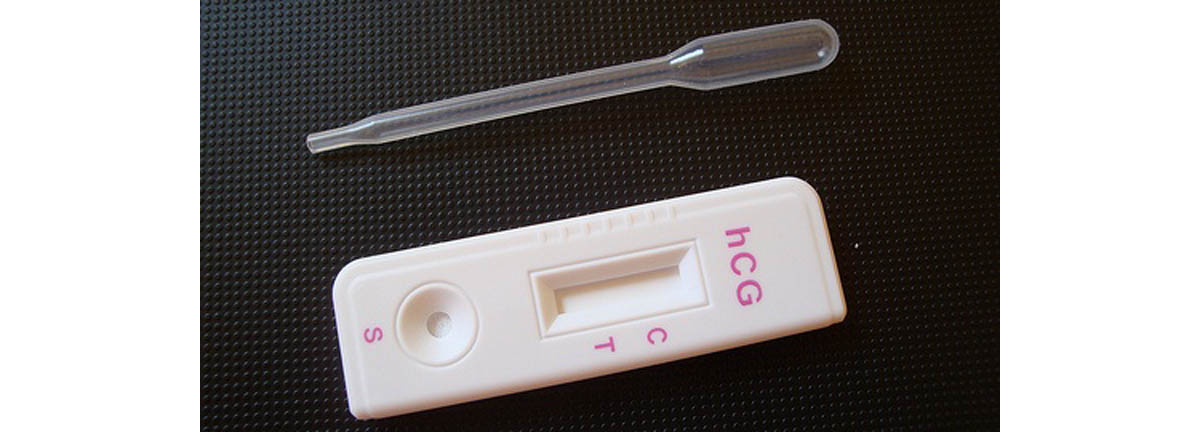Table of Contents
Fertility charting, also called charting to conceive, is a comprehensive fertility tracking system. As the name suggests, fertility charting involves a physical chart that lets women know at which point in their cycle they ovulate. It also shows the days leading up to ovulation.

The great thing about fertility charting is that it integrates all the body's natural signs that point to the fertile window. With the help of the internet, fertility charting can be simple and straightforward.
Basal Body Temperature (BBT)
Measuring your basal body temperature (BBT) every day has great benefits. A woman's body temperature is lower during the first part of the menstrual cycle, and then rises slightly during ovulation. It will then remain at the slightly higher temperature during the second part of the cycle, which is called the luteal phase. The temperature will than drop again just before the start of a period.
Charting your body's temperature patterns thus gives a huge amount of information about your cycle. Are you interested yet? The main drawback of measuring your temperature every day is that you should do it early in the morning. Basal body temperature is the lowest temperature your body gets to naturally. This happens during a state of rest, basically meaning while you sleep. BBT should be measured right after you wake up, but before you've been engaged in any physical activity. It should be measured at the exact same time each day to get the most accurate results.
Women who are measuring their BBT should set their alarm at the same time each day, take their temperature and write it down. You can get up after measuring your temperature, or decide to set your alarm very early in the morning and to go back to sleep after taking your BBT. You can create your own fertility chart manually, but most women tracking their basal body temperature will use an online fertility charting service.
Cervical Mucus
Cervical mucus — the mucus produced by your cervix, and which you meet as vaginal discharge in your underwear, or when you wipe — is hardly something you want to give any thought to. Your cervical mucus may be a little gross, but it can provide you with all the information you'll ever need about your fertility.
Throughout the menstrual cycle, cervical mucus changes in structure, color and quantity. At the beginning of the cycle, when your period ends, you will typically not see much mucus. In the days leading up to ovulation, the mucus will become thin, stretchy, and egg-white. This helps sperm reach the fallopian tubes more quickly. When the non-fertile luteal phase starts, mucus will become white, thick, and there will be more of it. Sperm can't get through this easily, and the tick post-ovulation mucus may even keep infections away at a time when the fertilized egg will just be implanting into the uterus.
Now you have an idea of what your cervical mucus may look like at various points of your cycle, you'll want to know how to monitor it. That part is simple — insert a few fingers into your vagina, retrieve some mucus, and examine it visually. Monitoring cervical mucus is easy and hardly takes any time at all.
Ovulation Pain, Spotting, And Tender Breasts
Some women experience a distinct sharp pain or one side of their abdomen. This ovulation pain tells them that they are ovulating, and also lets them know from which ovary (left or right) the egg is being released. Other women experience ovulation bleeding or spotting. It's unclear exactly what causes this light spotting, though it is probably connected to the process of follicles maturing. Tender and slightly swollen breasts are another fairly common ovulation symptom.
If you think you regularly experience ovulation symptoms, it is best to check if they really do coincide with your ovulation, through the use of another ovulation-monitoring method. You can easily write these symptoms down in a fertility chart, but you could also confirm ovulation with an ovulation predictor kit.
- Photo courtesy of jurischk on Flickr: www.flickr.com/photos/jurischk/2933936666
- Photo courtesy of anqa on Flickr: www.flickr.com/photos/anqa/4466990503

